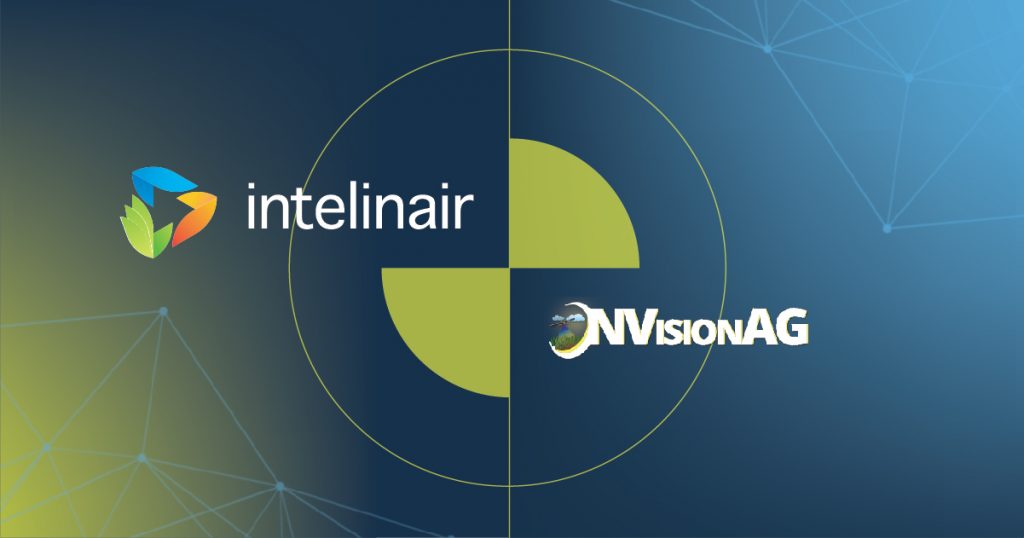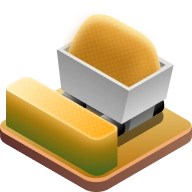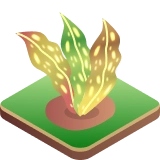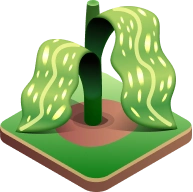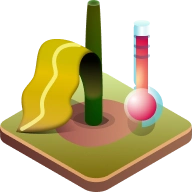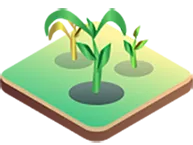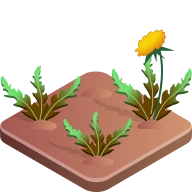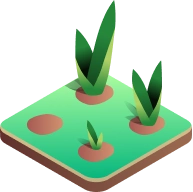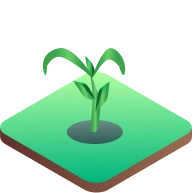Intelinair and NVision Ag announced a collaboration in 2023 whereby AGMRI provides nitrogen recommendations using NVision Ag’s nitrogen management tool. The NVision tool provides data to help determine whether more nitrogen is needed by showing specific degrees of nitrogen loss within a field. Learn more.

Sales Manager
NVision Ag
This is part 2 in a series exploring nitrogen management using AGMRI and NVision with Bob Ryan, sales manager from NVision Ag.
As we look across the countryside right now planting is wrapping up in a lot of areas and the latest crop progress reports that we are a little bit above the five-year average.
Q. What are you hearing from your recent visits with growers in the area?
I’ve been from West Central, Illinois to East Central, Illinois to Northwest, Indiana to Central Indiana last week with the four of Intelinair account representatives and pretty much it’s universal, farmers and retailers that we visited with know that the precipitation totals are anywhere from a 100-130% to 160% of their 10-year average. They know they’ve lost nitrogen. They don’t know how much, and that’s top of mind for everybody – growers and retailers alike.
Q. We’ve talked about this being potentially the wettest May we’ve had on record, So there’s been a lot of delay in planting and a lot of nitrogen that is maybe not available. When have you seen this happen in the past? I mean is this similar to any other years you’ve experienced?
It’s very similar to 2010 and 11, and somewhat similar to 2018 for me in a small part of my area. Late May and early June rain tends to be a big culprit for nitrogen loss because pretty much all of the pre-plant nitrogen that a farmer has applied to his fields is now in the nitrate form. Every time water runs through the field, it takes some nitrogen with it.
Q. We know that nitrogen has a big impact on the yield, so when we talk about solutions for farmers and ag retailers, we have the AGMRI with NVision available to growers to help. Can you tell us a little bit about how that works? And, how does that help farmers manage the nitrogen that they need to be able to hit those yield goals?
Our NVision algorithm works like a chlorophyll meter and most people in the industry that have studied nitrogen will agree that that’s one of the most accurate tools for measuring nitrogen in a plant. When we’re doing it with reflectance data through the AGMRI platform, what we really have to guarantee ourselves is that we have a good stand of weed-free corn. If we can guarantee that and we take a picture showing nitrogen loss on full canopy corn – I’m confident in telling you that it’s nitrogen or drainage. So, the two tools work together very well and narrows down where I can pinpoint nitrogen problems.
Q. What have we learned from similar crop seasons that had a wet May?
Several crop seasons with a wet May come to mind – 2010, 2011, and 2019 – in particular. In those seasons in Illinois, we had a wet late April, May, and even into June.
In wet crop years, when we applied supplemental urea to shoulder-high corn, our yield data showed we had an average increase of 25.5 bu/acre across three years of testing. We ran NVision at the V8 stage, and it recommended how much N to apply. On average, that was 46 lbs per acre of actual additional nitrogen. Based on today’s values, that would be about $24 worth of polymer-coated urea (100#). Using a $4.50/bu price for corn, that equates to $114/ac in gross profit. Or, a solid 4X ROI less any application costs.
In a year like 2024, when commodity prices are down, farmers need to get it right. That’s hard in a wet year. At this stage in the crop season, I am recommending farmers work their plan. I talk to a lot of them, and they would like to go out and put on extra nitrogen, but it’s too early to be sure of what the plant needs. It’s just a guess at this stage. They don’t want to wait to supplement their N, but if they want to be sure, I recommend that they wait until the corn is waist-high for a more accurate reading.
Q. We can cover the field from the beginning by measuring the emergence across the entire field looking and seeing if there’s any weeds in the field and then the grower can lean into the nitrogen decision that can be made and whether more is needed. In a year like this when more nitrogen is needed what can farmers and egg retailers do about that to help them out.
It depends on the tools that you have at your disposal. We met with one retailer that had ground rigs set up high clearance with spinner boxes that can top dress urea.
We met with the farmer that had a wide drop system that could go across big corn. And of course, I kind of cut my teeth flying aerial urea late across big corn for guys that didn’t have the ability to do nitrogen any other way.
Bottom line, there’s lots of ways to be able to put it on as long as the weather cooperates. So that’s a good way to be able to maximize your yield no doubt.
Check out the full conversation below!
Learn More
Reach out to one of our territory managers for more information on how to sign up your acres. We can still get your fields covered this year. Contact us.

